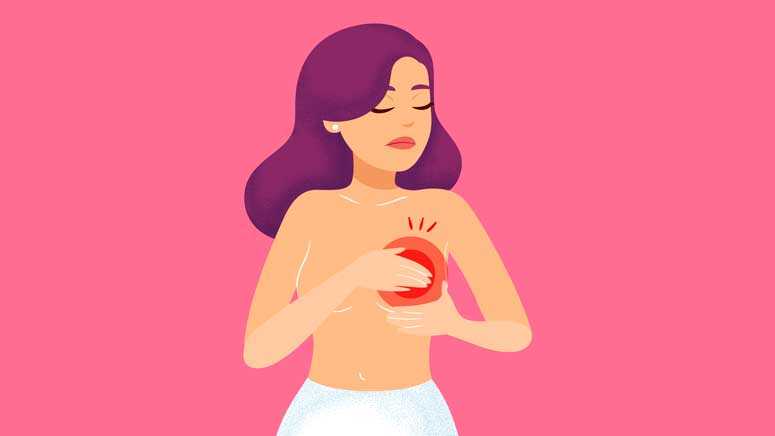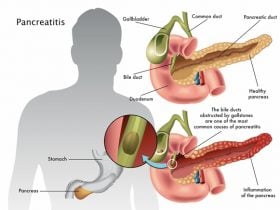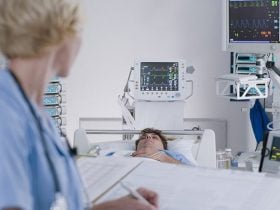Feeling suddenly out of sorts? Have you noticed signs of irritability before your period? Do you sometimes have a headache or swelling of the breasts? Do not worry. Millions of women experience similar manifestations of premenstrual syndrome (PMS).
Doctors avoid calling Premenstrual syndrome (PMS) [1] a disease, but use the term “symptom complex”. The reason is that premenstrual syndrome is a real “bouquet” of psychoemotional, vegetative-vascular, and endocrine disorders that disappear (usually without treatment) within a few days after the onset of menstruation. PMS occurs in girls and women 2-10 days before the start of the menstrual cycle [2]. The reason for the development of PMS is still unknown, but it is believed that this process is associated with monthly fluctuations in the level of hormones – estrogen and progesterone [3]. For this reason, PMS does not occur in pregnant, lactating, or post-menopausal women – their hormones look different.
Women who have given birth say that the sensations of PMS are slightly similar to what they felt in early pregnancy. So what can a woman experience before the onset of menstruation?
General Symptoms of PMS

Not all women experience PMS on a regular basis, and some are not even familiar with this phenomenon in their own cycle. Others experience a full set of all symptoms on a monthly basis. Scientists believe that genetics (identical twins, genetically identical, experience PMS equally) and lifestyle (an unbalanced diet and a lack of vitamins and minerals cause aggravation of symptoms) play a role.
Premenstrual syndrome appears 2-10 days before the onset of menstruation and usually stops with the first discharge. A woman may feel physical discomfort and sudden mood swings in the second half of the cycle. The symptoms of premenstrual tension syndrome can be especially pronounced just before menstruation and gradually taper off after it begins. There are over 100 PMS symptoms, the most common of which are irritability and breast swelling and tenderness during the premenstrual period.
The timing of the symptoms of premenstrual syndrome can also be different: some women return to their usual state immediately after the start of their period, some – after the end. But there are those who cannot cope with this syndrome for several days after the cessation of menstruation. Nevertheless, all these indicators are within the normal range.
It is noticed that the older a woman is, the longer her PMS continues and the more pronounced it becomes. Highlighting the symptoms of PMS in women, it should be noted that the disease can develop in several forms. This condition can seriously affect both the psychological and physical condition of a woman.













